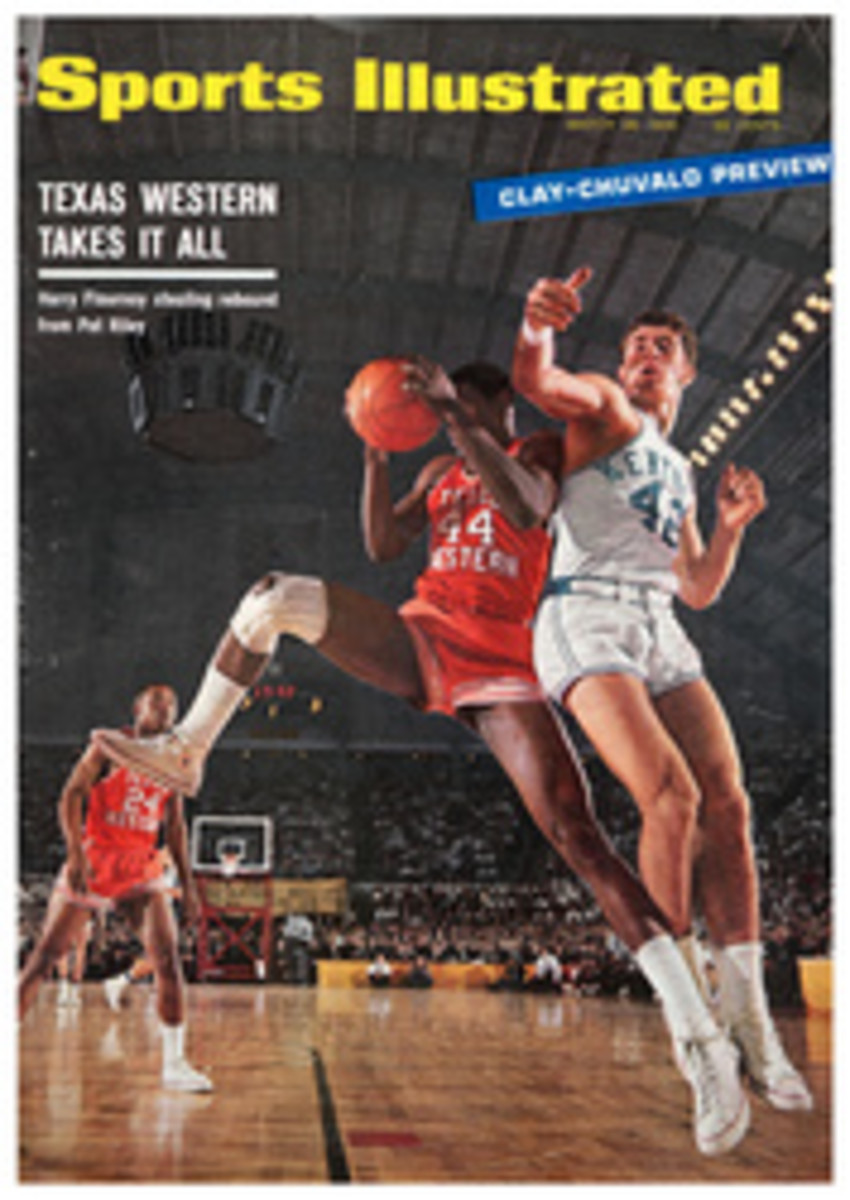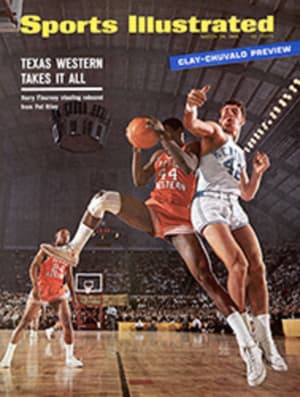
The Hardy trout fly rod is honored by fishermen among the English gentry
The distinguished English firm of Hardy's, whose trout fly rods are known among fishermen all over the world, opened a new factory early this year in the ancient castle town of Alnwick, on the main road to Scotland. The factory concerns itself entirely with wholesale and export business, though visitors are occasionally accommodated on a retail basis. All this modernity comes as a surprise, and perhaps a disappointment, to pilgrims who remember the old Hardy shop (vacated some years ago), so Dickensian that customers only a few years ago half expected to be offered a glass of sherry before business could be discussed.
It was in Alnwick, almost a hundred years ago, that a country ironmonger who was a bit of a gunsmith on the side suddenly went into a business that was to make his name famous and honored among the gentry. His name was William Hardy.
Working on the broad mahogany counter in the ironmongery, Hardy found that after much time spent with paring knives and sandpaper it was possible to take six triangular sections of bamboo and glue them together to form a hexagonal rod, stronger and far lighter than such wood as greenheart. A trout fly rod has a diameter of something like half an inch above the handle, and there must be a gradual taper to the tip, where the size comes down to less than a 10th of an inch. This meant that Hardy, working largely by eye and with hand tools, had to prepare his material so that the cross sections of the six identical fine ends were perfect equilateral triangles with sides under a 20th of an inch long. When he was satisfied that he had a perfect fit all the way along the taper, he would stick the bamboo strips together with fish glue and bind them to hold them tight while drying. Then he would set the section aside for several days.
By the time he had added a cork handgrip, ferrules to join the lengths of rod and rings to guide the line, he found he was handling a light wand that, although crude beside the featherweights of today, was a considerable advance.
He showed his new toy with some pride to his brother, John James Hardy, a man of inventive mind and generally a handy man with a fishing rod. John James was impressed. He joined William in the firm, and together they decided to change trades and specialize in fishing gear. It was not long before the old ironmonger's shop was expanded to make room for more craftsmen, trained for the job from among the young men and women of Alnwick. A shop also opened in London's Pall Mall.
William F. Hardy, grandson of the founder, is now managing director of what has become a public corporation. "But it's still very much a family affair, you know. We make here everything we sell under our name, except for lines, clothes and hooks, which have for many years been a specialty of the town of Redditch, just outside Birmingham. We have our own foundry, and all the reels are cast here. Every single part of the hundreds of rods we make a week is made from scratch in this building. There has never been a new make of rod (we've designed over 300) that hasn't been personally designed, inspected and tested by someone called Hardy."
The current Hardy Angler's Guide and Catalogue, a lavishly produced volume (sold at two shillings sixpence, to discourage a myriad of schoolboys from sending for it) with a cover depicting, in rather startling and dramatic color, a salmon fly, is a publication read with avidity by regular Hardy customers when it appears at the start of the year.
In the whole of the Angler's Guide and Catalogue there is no mention of any fish other than salmon, sea trout and trout, except that the larger (salmon) size of priest (a short-handled implement with a weighted head, usually brass) is recommended for giving the coup de gr√¢ce to pike. A loose-leaf price list is inserted in the catalog.
For those—and they greatly outnumber the salmon and trout enthusiasts—who wish to fish for barbel, bleak, bream, carp, chub, dace, gudgeon, perch, pike, roach, rudd and tench and the innumerable species of sea fish, there is another, rather subdued catalog, printed with considerable economy on a much less glossy paper, with no color illustrations at all. Items include a $36 11-foot split-cane rod for roach (the others are all of fiber glass); three or four reels; the angler's knife; and the angler's and sportsman's pipe ("the most hygienic made"); some hooks whipped to nylon; and flat, bored leads (round lead bullets with a hole through them which are used for keeping bait on the bottom) for ledgering. Years ago you could buy a Hardy shrimping net.
Even in the game-fish line the use of fiber glass is creeping in, and Hardy's is now making and selling a fly rod, almost as light as their most delicate split cane, and a spinning rod of this new material. Although William Hardy is convinced that the best glass is made in America and does buy from there, he is making a deal for his experimental work with a German firm. "The Americans don't answer letters," he said, "and the Germans do. We're hoping to do a lot of work with the Germans, but there's a lot of experimenting to be done if we want to get the perfect action for our purposes. The trouble with most chemists is that they aren't fishermen"—a sentiment that may well be the philosophical discovery of the century.

